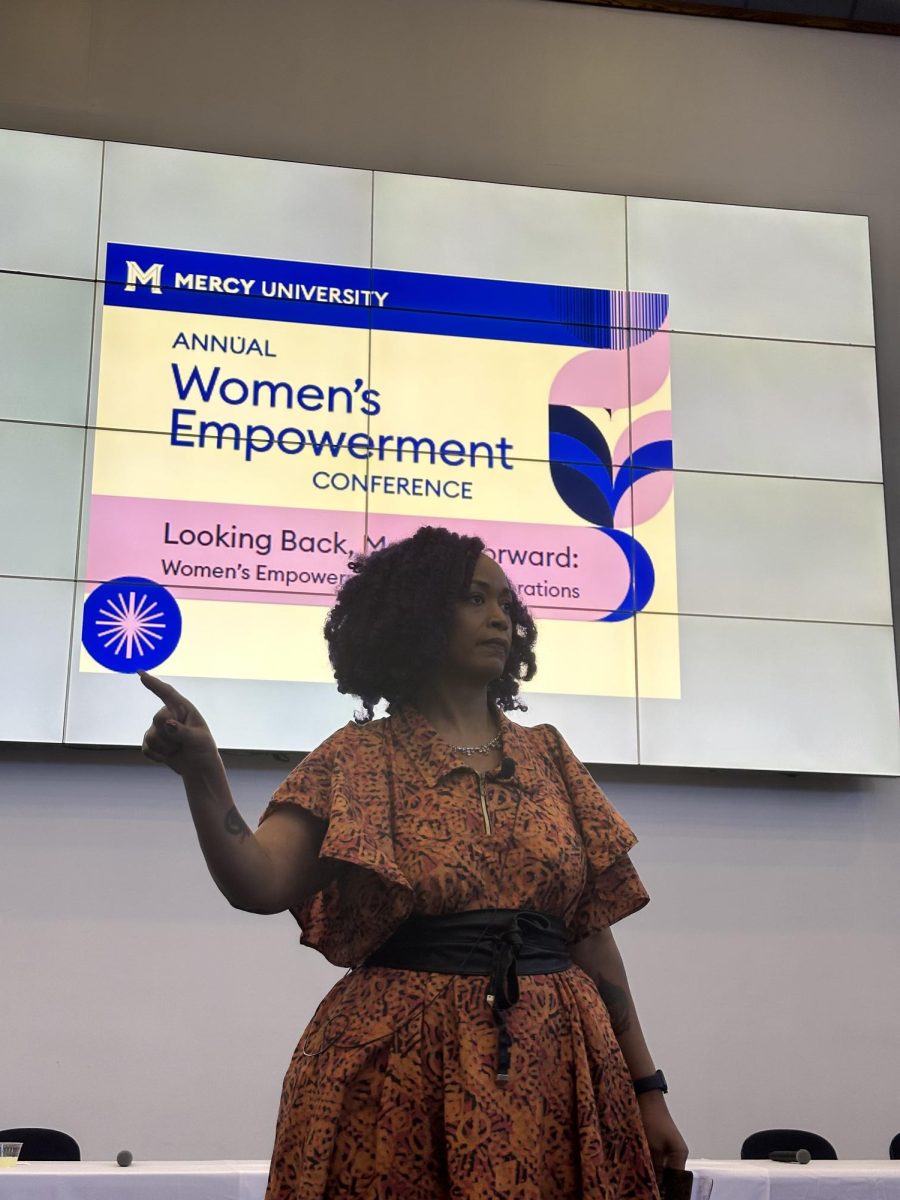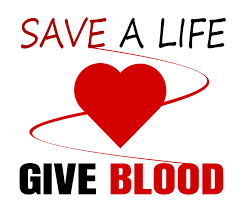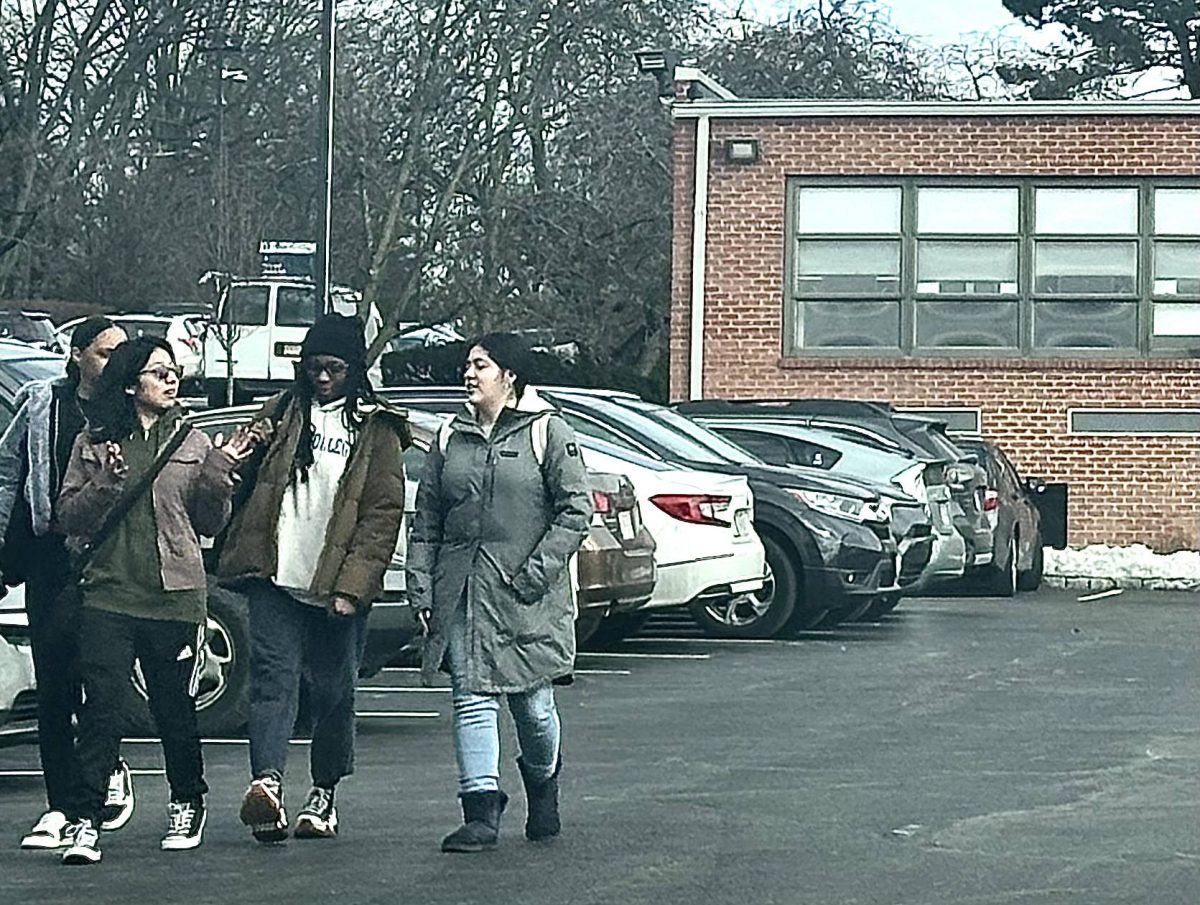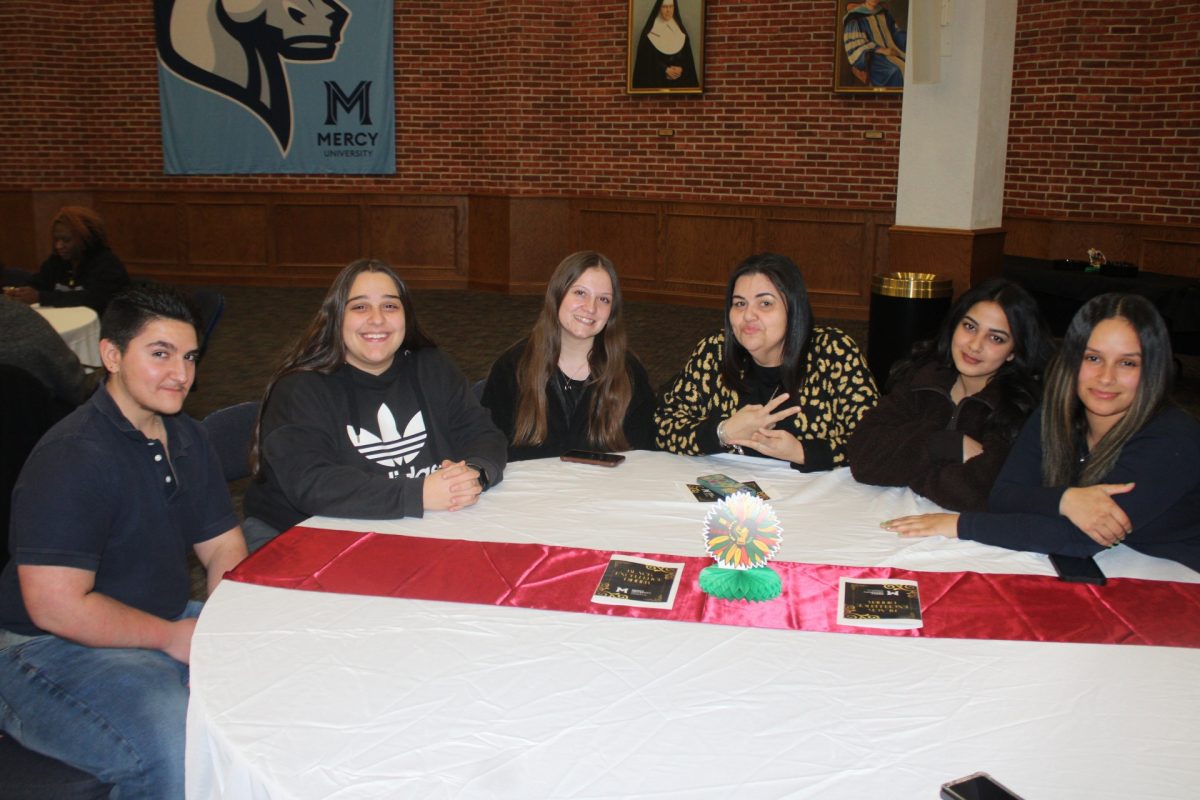“Anyone can be an artist; it’s a craft that gets better and better with time. Everyone could be successful if they worked at.”
Spoken with sincerity and humbleness, these words are from a man that has made a life for himself as an artist in New York for a number of years.
At the same time, 51 year old Joe Radoccia, is very confident in how he speaks without any hint of being cocky or pretentious. His journey is a simple one full of decisions that you would not believe his laid back and reserved demeanor was capable of. He finds himself now in a place that has taken him full circle from the solitary young child he was, to successful artist, and back to the introverted yet socially present adult he is now.
Raddocia was born in the small town of Hornell which is about 55 miles south of Rochester. After finishing third grade, his family picked up and moved to Buffalo. Though Hornell is a small town compared to Buffalo, much less Manhattan, Hornell and Buffalo have a distinct common chord between them; both are working class blue collar towns.
Being a child that was naturally artistically inclined, Radoccia never really understood what it was that made him that way. In fact, he never even questioned it and just explored the creative anomaly that manifested itself inside of him.
“I remember when I was in kindergarten, things that other kids would get excited about really did nothing for me. I tended to be content being by myself…but when the teacher would go to the cabinet and get out the Crayons, I would become overwhelmed with excitement at the thought of being able to draw and create something.”
Unfortunately for Raddocia, his contentment with not being a part of the group did not go unnoticed by the other kids; the old adage that kids can be cruel is appropriate. He was small in stature and thin, so combining that with his slightly withdrawn disposition, being a target of bullying was inevitable.
But Raddoica chose not to be a victim; he used his aptitude for artistic creativity to overcome the inherent mental distress that can come from being a misunderstood and exceptional child. He chose not to negatively internalize how he was treated by the other children.
He used it to his advantage.
“I may have been a little skinny kid but I was not weak; in class I was a king. That was a powerful thing for me because though I may not have been able to hit a ball, I knew I was better at something than everyone else.”
He confesses that he did not give any consideration to titling himself an artist when younger, much less define where his talent would take him. It was just something his young mind naturally followed like a lost sailor following a beacon of light on a dark sea.
Though Radoccia may not have had much support from his young peers, there was never a lack of it from his life at home with family.
“My dad was a pharmacist and would always bring home things from drug reps such as pens and pads. I was always encouraged to draw and I took full advantage of having the endless supply of material to transfer my thoughts to.”
Raddocia survived his childhood relatively unscathed. He concentrated on his artistic abilities eventually graduating from Buffalo State University with a BA in graphic design, though he would always paint in his spare time as a personal creative outlet.
While in grad school, Radoccia received an invite to show some of his work at a western Buffalo art show. This would be the point in which he decided to paint professionally; but he would have to make a significant change in his life to pursue his passion.
“I decided to move to New York City. It is just what you did for someone like me.”
Though Raddocia was still socially a bit of a loaner, he knew that the move would be great for him so he packed up and moved to the big city. However, his choice to move came at a very tumultuous time.
During the early 80s, the AIDS epidemic was striking mortal blows to the New York City Gay male community with a vengeance. Fear, bigotry, and the lack of concern from the federal government conspired to inspire Raddocia to create work that was both a statement about awareness and a way for him to express his feelings.
“I would do sculptures of men, break them, and then glue them back together. It was my statement about AIDS and its impact.”
This was Raddocia’s first real venture into the New York art scene. Even though the series had received a high degree of notoriety, he found that the work he was doing came with a heavy mental consequence.
“I stopped doing the sculptures because I felt that I was perpetuating the fear of AIDS. I wanted to take the poison out of my work because it was bleeding out into the rest of my creativeness. I was going to a place that was dangerous.”
Radoccia decided to refocus and return back to his real love; painting in oils.
The return to expressing his inner passion would lead him to doing his first one man show at the Leslie Lohman Gay Art Foundation. It showcased 15 of his creations and a majority of his pieces were sold as a consequence. Raddocia had returned to a more positive body of work that he felt good about.
The positive buzz received from his work spring boarded his career. Reclusive and shy Raddocia now found himself traveling to differnt parts of the country to exhibit his art.
During this time he begun to expand the theme of his work. His creations begun to take on a more sexually expressive nature.
He explored sexuality through Indian miniatures, Japanese exoticism, and turn of the century subjects which earned him a devoted following of admirers.
During the course of this time, Raddocia himself explored his own sexuality. He had become involved in a relationship that ended up lasting for 15 years. During the span of that time, they would visit Madagascar (where his partner had some familial roots) and consequently the beauty of the land and people inspired another shift in the theme of his work.
“I found that in going to Madagascar, I would experience an inner peace. I did not speak the language, so I ended up spending a lot of time alone taking in the environment.”
It was similar to how he had been in early childhood. Though he was surrounded by people, the language barrier would mean that he was alone and not understood, only this time it was because of a more literal nature; but just like when he was a child, he still found inner excitement from being able to create.
“Madagascar is beautiful and I found myself starting to paint environmental settings and still life.”
He did not walk around in search of a subject to sit and paint. Instead he would take in his surroundings throughout the day, return home, and then paint a sort of collage of what he took in. His work would be the culmination of what he experienced and not just one particular item or circumstance.
“To view it (the body of work) is to look at a story about my time in Madagascar. It is like a photo album that triggers memories to me.”
Madagasgar became a vehicle for him to express himself and it became a part of his life, but this road led him to a mental crossroad.
After getting use to the social buzz and fast pace of the art community he had become a part of, Raddocia found that he was at his most creative and happy mindset when secluded from social encumbrances.
Not that he hated society, he just enjoyed peace.
It was this peace that he found in his trips to Madagascar that would trigger Raddocia to make another change.
Raddocia found that his peaceful Fort Greene neighborhood in Brooklyn was transforming steadily. The Barclay Center had been built, and the neighborhood begun to morph into a veritable hot spot. His quiet home had all but vanished. In fact, NYC as a whole started to become a hindrance.
“Every time I returned from Madagascar, New York seemed louder and louder. I had to leave.”
He would travel by train to visit his family in Buffalo regularly and it would pass through the Hudson Valley. Its picturesque landscape appealed to him. Pair this with his dissatisfaction of where he was living in Brooklyn and influence of the peace he found in Madagascar, he decided to move to Beacon NY, a small town right off the Hudson river 50 miles north of Manhattan.
“I was fearful of moving there because it was such an unknown. I would effectively be moving away from the art scene that I had so long been a part of to a place I knew nothing more of other than passing glimpses through an Amtrack train window.”
Not only that, mass transit was readily available to him in Brooklyn, but In Beacon, it was a different story. One could go up north or head down south on the Hudson train line but that’s it. Things are not as conveniently located so he would have to seek alternative ways of getting around.
He thought about purchasing a car but had never owned one in his entire life. Though he does have a driver’s license that he renews when necessary, Radoccia cannot remember the last time he had driven a car.
“I would not like to be a passenger in the car if I was driving,” he jokingly says.
So he bought a mountain bike and good pair of walking shoes instead.
Recently he was invited by the Howland Cultural Center in Beacon to show some of his latest work. It didn’t matter that the show would be of a more intimate scale than he had been a part of in recent years. What mattered was that he had an opportunity to express himself through his work and for him, that was enough, even if no one ever saw it.
“I am successful in that every day I wake up, I am an artist, and can live my life how I want.”
When asked about where he sees himself ten years from now, Raddocia offers an answer that is indicative of the shy but detrermined free spirit so much a part of the man he is now and the child he was.
“I don’t know where I’ll be but that’s exciting… like looking at that box of Crayons that the teacher would pull out of the cabinet when I was a child.”
And for him, that is just fine.
To see work of Joe Radoccia visit http://www.radoccia.com/Pages/Exhibits.html








